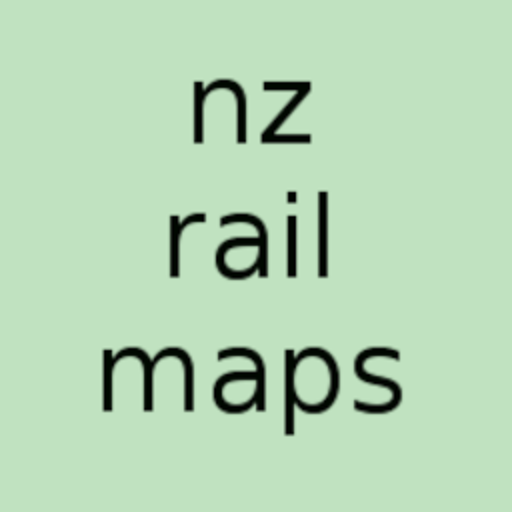During the month of September, progress on the NZRM project has been slower than expected. Nevertheless, the focus and work on Volume 11 is continuing. Mosaics are currently in production for the section of the MSL main line corridor for Oamaru to Palmerston along with all of the six branches in that section (Ngapara, Tokarahi, Moeraki, Shag Point, Dunback and Makareao). Mosaic work is also happening in relation to the Otago Central corridor, where some existing separate projects are being combined with additional sections and updates with more aerial coverage of parts of the route. Unlike most lines, the project aims to have every station on the line covered where practical, because the route is open and accessible through the Taieri Gorge Railway and the Otago Central Rail Trail, unlike many other closed corridors, and therefore the level of preservation of historical features of the rail corridor is much greater than in the vast majority of New Zealand’s “ghost railways”.
The Project Leader adds a personal note here, that progress on the project overall this year has been pushed back substantially because of family circumstances, leaving significantly less time than expected for the production of maps. Because these circumstances are currently intruding into the fourth quarter of 2022, making major demands at the time that this is being written, it is probable the annual web maps update that had been planned earlier in the year will be delayed by a few months. Other planned activities such as obtaining a large bulk dump of a significant volume of aerial photos have also been deferred and will probably not occur until the first quarter of 2023.
It is noted that the future of the Taieri Gorge Railway section of the former Otago Central branch is uncertain at the time of writing. During the Covid-19 pandemic, Dunedin Railways’ operations were suspended, but contributing to this was the need to make significant repairs over a longer term in the entire Taieri Gorge corridor due to the ongoing impacts of flooding, particularly in 2017. The problem is that Taieri flooding is not a particularly unusual event, occurring more or less annually in some sections of the catchment, and significant parts of the railway run through areas that are not covered by any kind of protection scheme because they have low population levels. Whilst DRL has continued limited operations in the last few years with trains going through to Hindon regularly, this is only about half of the distance that used to be taken on the regular Pukerangi trips, and the long term prognosis is that the route might be better utilised by conversion to an extension of the OCRT. If this occurs, it would be desirable for rail trail management activity to be established at Hindon to mitigate the challenges and risks of the lengthy and relatively inaccessible Taieri Gorge section for trail users and also ensure the slip-prone area receives regular maintenance. NZRM understands the pros and cons of the various options, but we have to recognise that the conversion of the Otago Central corridor to the trail in the early 1990s has ultimately greatly benefited its long term future and heritage conservation. There are many areas of the current Taieri Gorge Railway corridor that contain rich heritage features yet are largely inaccessible to the public except on very occasional organised historical tours. This means even if it proves necessary to close the railway, the opportunity for trail conversion is still a win-win. The Otago Central rail corridor was the first of its kind in NZ and came into being at a time when many of the previous historical railway lines in NZ had practically disappeared from view following closure. Even today, ghost railway hunters regularly chronicle the ongoing disappearance of remaining physical features of closed corridors. NZRM is making every reasonable effort to catalogue surviving features, but there is a world of difference between these older examples and the OCRT and the status of the latter means its rail heritage will remain in a preserved and accessible state for the benefit of future generations. One of the less available areas surrounding the present TGR corridor for example is the old Barewood Mine where gold was extracted up until the early part of the 20th century. At present much of this is closed in on private land but the parts that are adjacent to the rail corridor could be given historical interpretation treatments and ultimately lead to greater public access.
